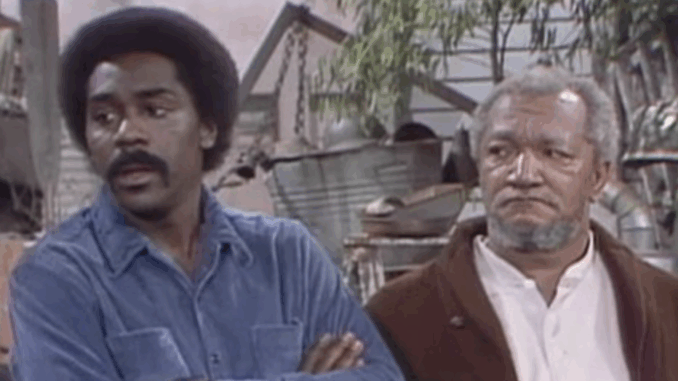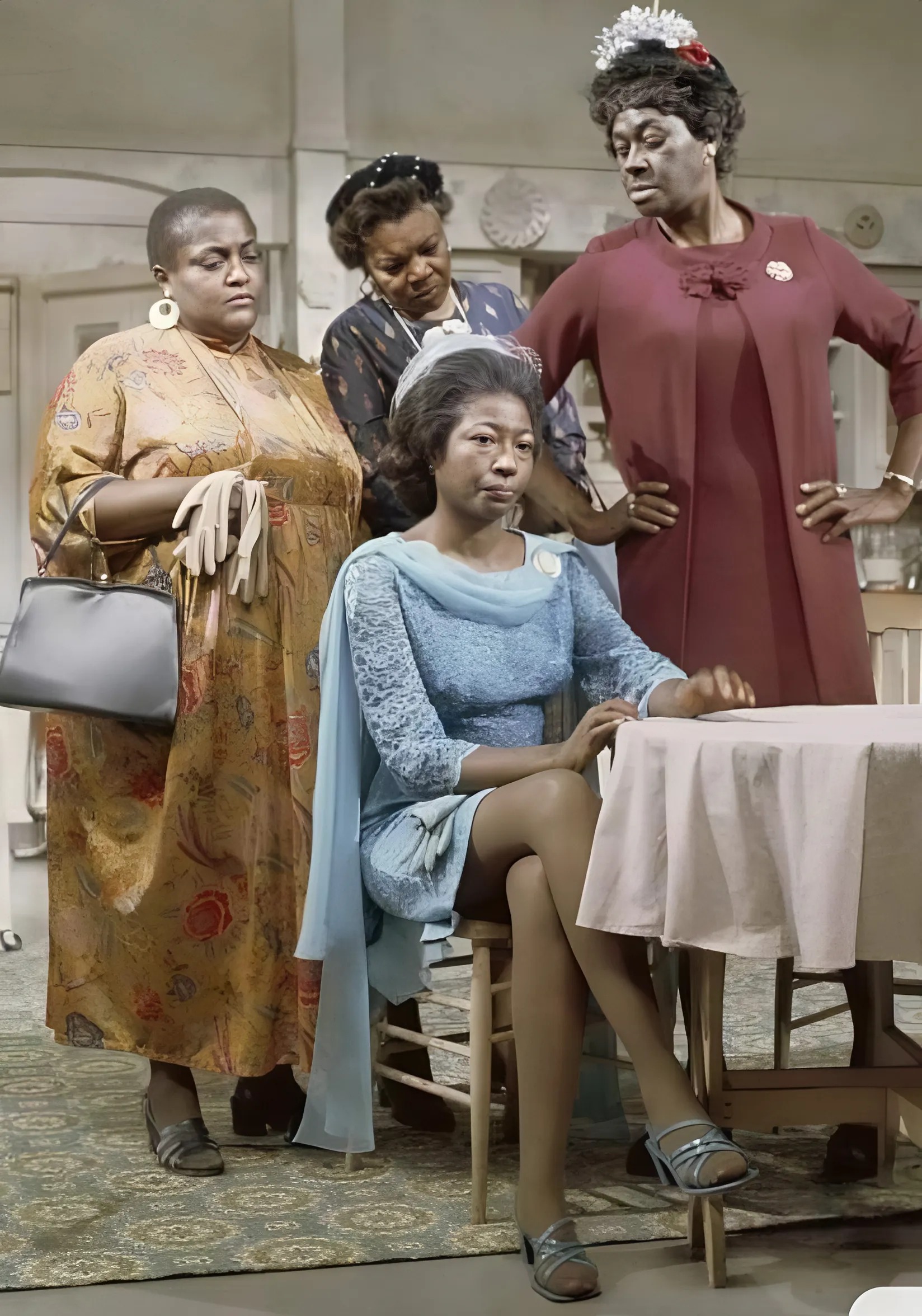
In the early 1970s, American television was ripe for change. While sitcoms had long been a staple, authentic and multifaceted portrayals of Black American life were scarce. Then came Sanford and Son, a groundbreaking series that not only delivered consistent laughs but also spearheaded a quiet yet profound revolution in racial representation on the small screen. Its cultural impact cannot be overstated, as it paved the way for a generation of beloved Black-led sitcoms that followed.
From British Junkyard to Watts’ Living Room
The genesis of Sanford and Son lies across the Atlantic. Renowned television producer Norman Lear, a visionary known for tackling social issues through humor, purchased the rights to a successful British sitcom called Steptoe and Son. This original series depicted a bickering father-and-son junk dealer duo in London. Lear, recognizing the universal appeal of their contentious yet loving relationship, brilliantly adapted it for an American context, transplanting the setting from a dusty London junkyard to the vibrant, working-class neighborhood of Watts, Los Angeles. This strategic relocation was crucial; it grounded the show in an authentic Black American experience, allowing for humor that sprung from specific cultural nuances and socioeconomic realities.
Reflecting Working-Class Life in Los Angeles
Sanford and Son centered on Fred Sanford (Redd Foxx), a widower and junk dealer, and his son Lamont (Demond Wilson), who worked alongside him. Unlike many sanitized portrayals of the time, the series didn’t shy away from depicting the everyday struggles and aspirations of the urban working poor. The Sanfords lived modestly, their home filled with salvaged treasures, and their business was a constant hustle. The show’s humor often derived from their attempts to make ends meet, Fred’s relentless penny-pinching, and their interactions with a diverse cast of neighbors and friends.
Crucially, the show presented Black characters who were not just caricatures but fully formed individuals with their own quirks, dreams, and frustrations. It touched upon themes like racial prejudice, economic hardship, and generational divides, all filtered through a lens of sharp wit and comedic brilliance. This authenticity resonated deeply with audiences, particularly Black viewers who finally saw reflections of their own lives and communities on national television.
A Lasting Legacy: Paving the Way for a New Era
The success of Sanford and Son, which consistently ranked among the top-rated shows during its run, demonstrated to network executives that there was a massive audience for Black-led programming. It proved that stories centered on Black families could be universally funny, poignant, and commercially viable. This paved the way for a golden age of Black sitcoms in the 1970s and beyond.

Shows like The Jeffersons (another Lear creation, spun off from All in the Family), which explored the lives of a wealthy Black family in New York, and Good Times, which depicted a family struggling in Chicago’s urban projects, directly benefited from Sanford and Son‘s trailblazing efforts. Even decades later, series such as The Fresh Prince of Bel-Air in the 1990s continued to build upon the foundation laid by Fred and Lamont.
Sanford and Son was more than just a comedy; it was a cultural touchstone. It broke down barriers, challenged stereotypes, and opened doors for Black talent both in front of and behind the camera. Its long-lasting influence on American television is undeniable, marking a pivotal moment where Black voices and narratives began to claim their rightful, prominent place in the national conversation.
